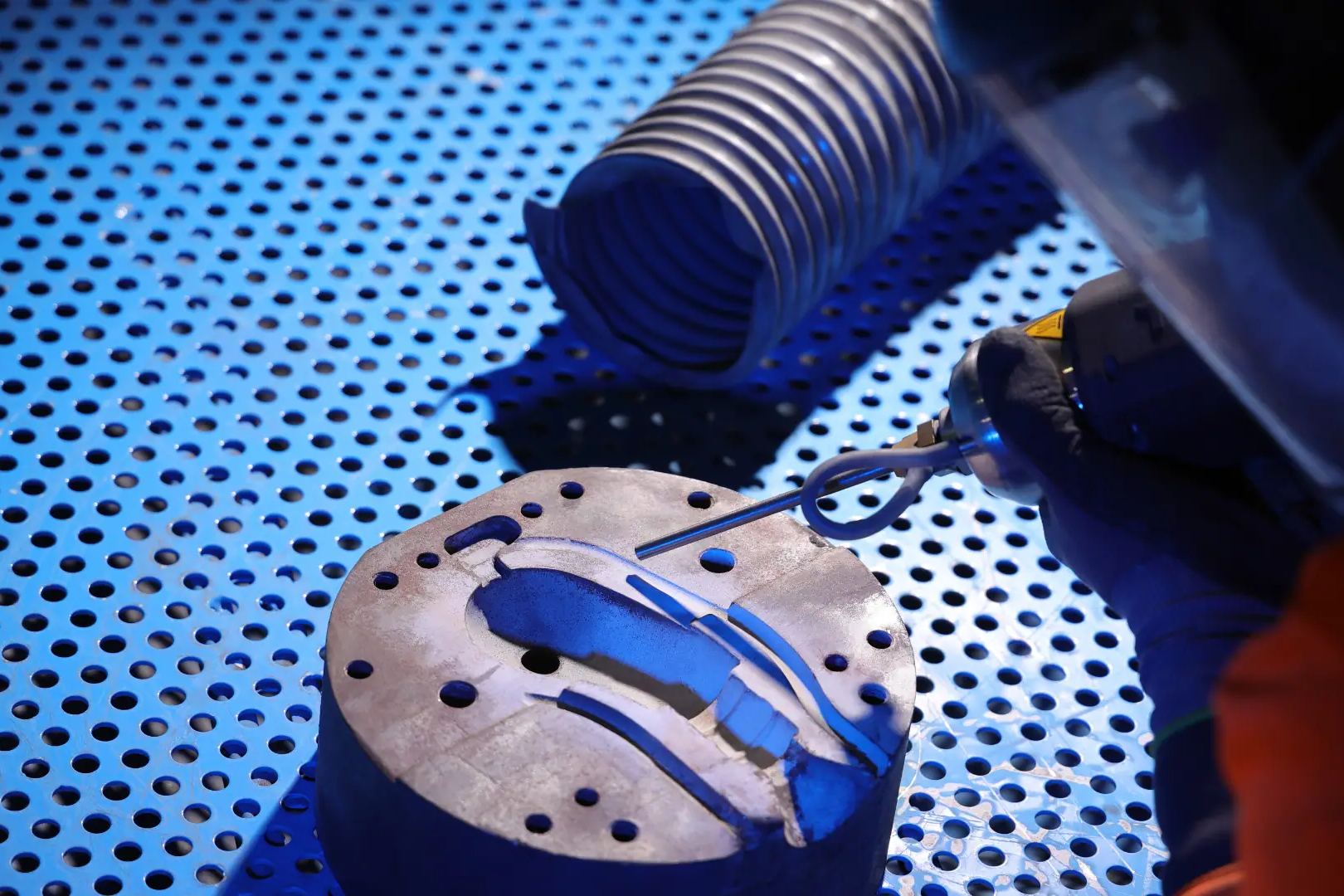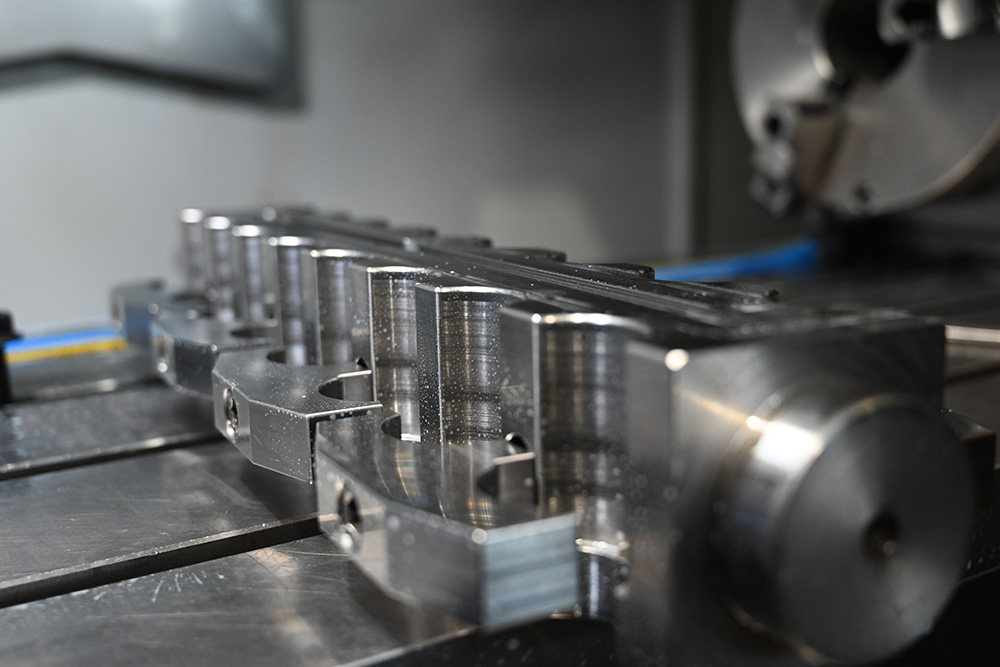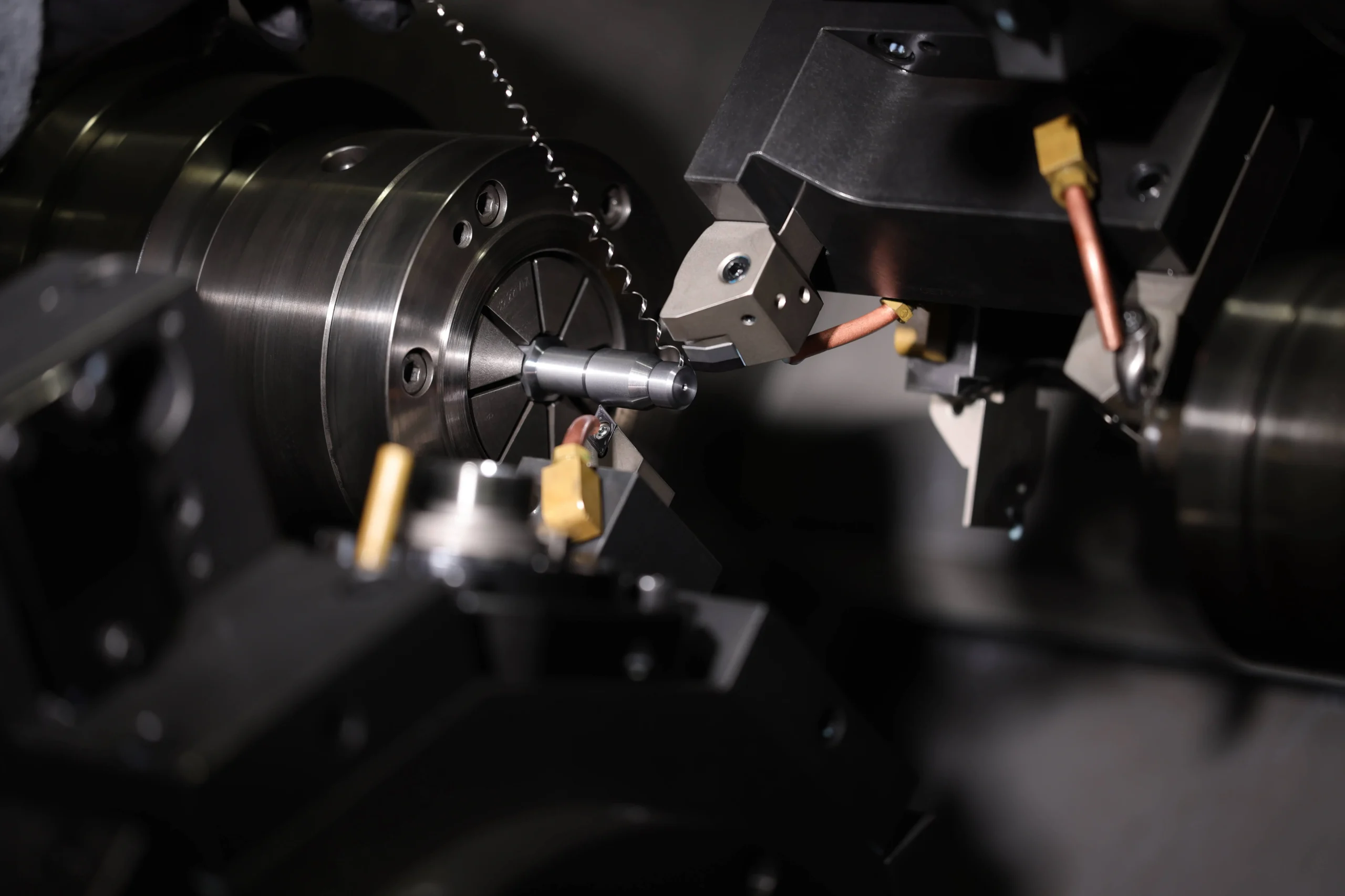In the world of manufacturing and engineering, drafting standards and regulations are paramount for ensuring accuracy, consistency, and compliance with industry norms. This blog delves into the importance of drafting standards, highlighting key regulations and their applications in various sectors.
What are Drafting Standards?
Drafting standards refer to a set of guidelines and specifications used in the creation of technical drawings and diagrams. These standards ensure uniformity and clarity in drawings, facilitating communication between designers, engineers, and manufacturers. Adhering to drafting standards is essential for achieving precision, minimising errors, and ensuring compatibility across different projects and organisations.
Drawing Standards Applied in Various Settings and Procedures:
Australian Drafting Standards
Australia follows a set of drafting standards known as AS 1100, which provides guidelines for technical drawing practices across different disciplines. These standards cover various aspects of drafting, including mechanical engineering, architectural drawing, structural engineering, and more.
ISO Drafting Standards
The International Organisation for Standardisation (ISO) also establishes drafting standards that are recognised globally. ISO standards ensure consistency and compatibility in technical drawings, enabling seamless communication and collaboration among international partners and stakeholders.
CADD Skill Standards
Computer-Aided Design and Drafting (CADD) play a significant role in modern drafting practices. CADD skill standards outline the competencies and proficiency levels required for professionals working with drafting software. These standards help organisations assess and benchmark the skills of their drafting teams.
AS 1100: The Australian Drafting Standard
AS 1100 is a comprehensive standard consisting of six parts, each addressing specific aspects of technical drawing practices:
- Part 101: General Principles (1992): Covers fundamental principles and conventions applicable to all types of technical drawings.
- Part 201: Mechanical Engineering Drawing (1992): Focuses on drawing practices related to mechanical components and systems.
- Part 301: Architectural Drawing (2008): Provides guidelines for architectural drafting, including floor plans, elevations, and construction details.
- Part 401: Engineering Survey and Engineering Survey Design Drawing (1984): Addresses drawing practices related to engineering surveying and design.
- Part 501: Structural Engineering Drawing (2002): Deals with the drafting of structural components and systems, ensuring safety and compliance with building codes.
- Part 601: Electrical Engineering Drawing (1992): Covers electrical drafting practices, including schematics, wiring diagrams, and layouts.
Benefits of Technical Drawing Standards
Adhering to drafting standards offers several benefits for industries:
- Precision and Accuracy: Standards ensure that drawings are precise, consistent, and easy to interpret, reducing the risk of errors and misunderstandings.
- Interoperability: Standardised drawings facilitate collaboration between different teams, departments, and organisations, enhancing efficiency and productivity.
- Compliance: Drawing standards help ensure compliance with regulatory requirements, industry norms, and best practices, minimising legal and regulatory risks.
- Quality Assurance: Following established standards promotes quality assurance and helps maintain high standards of craftsmanship and professionalism.
Conclusion
Drafting standards and regulations are indispensable tools for ensuring precision, consistency, and compliance in technical drawings. Whether it’s AS 1100 in Australia, ISO standards globally, or CADD skill standards, adhering to established guidelines is essential for achieving quality and efficiency in manufacturing and engineering. By embracing drafting standards, industries can streamline their drafting processes, enhance collaboration, and deliver superior products and services to their clients.
At Bredo, we understand the importance of drafting standards in manufacturing and engineering. Our team of skilled drafters adheres to industry-best practices and standards to deliver accurate and high-quality technical drawings tailored to your needs. we also supply custom CNC machining for all types of solutions. Contact us today.
Related Posts
June 3, 2024
What is Cold Spray? | Comprehensive Overview
What is cold spray? Cold spray is an advanced coating and additive…
June 2, 2024
17 CNC Machining Materials | Comprehensive Guide
Selecting the right CNC machining materials material is crucial to the success…
June 1, 2024
CNC Machining Tolerances | Comprehensive Guide
CNC machining tolerances are essential for achieving the desired precision and…




